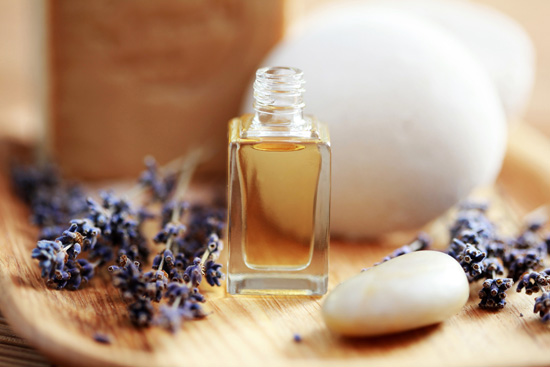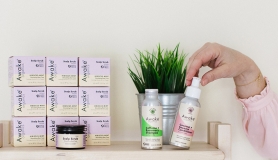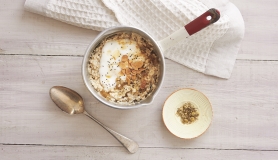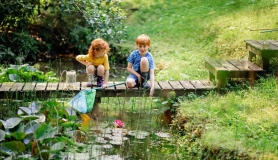Very few fragrances today contain large quantities of natural ingredients due to a variety of legal restrictions as well as cost and availability so the best way to ensure your fragrances are 100% natural is to learn to create them yourself. Commercial fragrances can contain hundreds of ingredients but when using only naturals it is best to keep your blends simple as essential oils and absolutes are extremely complex in their make up and can even be worn as individual fragrances in their own right.
Making your own perfume at home is technically a very easy skill to learn but the art of creating a beautiful original fragrance is something that can take many years and talent to master. Once you have learned the basics it is down to practice, experimentation and really getting to know your materials.
Fragrances are usually made up of top, middle and base notes which are categorised by how quickly they evaporate from the skin. Base notes are the least volatile and act as a fixative for your fragrance. Some natural base notes include sandalwood, patchouli, vanilla, vetiver and labdanum. The middle or heart notes will determine the character of the fragrance and will pretty much always have floral elements such as rose, jasmine & ylang ylang but could also include spices such as cinnamon or clove and herbal notes such as basil and clary sage. The final part of your perfume will be made up of top or head notes. These are the materials that give the first impression of your fragrance but will disappear quite quickly on skin. They are the most volatile and include all the citrus oils as well as spices like nutmeg and black pepper. Most commercial perfumes are made with a percentage of aromatic materials, both natural and synthetic, blended with perfumer’s alcohol (denatured ethanol) and de-ionised water.
In the UK you need a licence to buy and store denatured ethanol so it is much easier to use an oil such as jojoba or fractionated coconut as a base instead.
SENSUAL SOLID PERFUME 5g beeswax; 15ml jojoba oil; 16 drops rose absolute; 8 drops sandalwood; 8 drops patchouli; 20 drops vanilla
METHOD • Melt the beeswax in a small bowl, jug or small heatproof glass placed in a shallow pan of boiling water. • Measure the jojoba oil into a small glass or egg cup and add the essential oil blend. • Once the beeswax has totally melted, stir in the essential oil and jojoba blend. • As heating will cause essential oils to evaporate do not leave on the heat for very long – just until everything is liquid • Remove from the heat immediately and pour into a 15ml lip balm jar, tin or pretty pill box. • Leave the perfume to set TO USE • Rub the ball of your finger across the solid perfume and smooth onto your skin.
PERFUMED HAIR OIL If your skin is very sensitive to perfume materials then another way to enjoy fragrance is to create a fragrant hair oil. Camelia is traditionally used in Japan for dressing the hair and has a fairly neutral smell making it perfect for adding your own fragrance. You only need a tiny amount of oil on you fingertips to run through your hair in the same way you would use a serum. If you would like to use this blend on skin you may want to dilute with a further 10ml of jojoba or coconut oil.
10ml camelia oil; 25 drops neroli; 15 drops jasmine; 15 drops rose; 10 drops sandalwood
• Pour the camelia oil into a glass bottle preferably with a small pump or dropper. • Add the essential oils carefully. • Place the lid on the bottle and shake to ensure all the oils are blended.
CEDARWOOD & YLANG PERFUME OIL 10ml jojoba oil 7 drops ylang ylang essential oil 6 drops cedarwood essential oil 3 drops geranium essential oil 4 drops sweet orange essential oil 2 drops vanilla c02 (or use jojoba that has been macerating with a vanilla pod)
• Pour the jojoba oil into a dark glass bottle as this will help protect the fragrance from the light. • Add the essential oils carefully. • Place the lid on the bottle and shake to ensure all the oils are blended. • This recipe is 10% fragrance strength – to be used in small dabs on your pulse points. • If you would like a stronger perfume (e.g. 20% strength you can double the drops of essential oils).
IMPORTANT: Please note all recipes should be patch tested first in case of sensitivity and if you are pregnant/breastfeeding please seek advice from your GP before using any essential oils on skin.
Karen teaches perfumery classes, runs bespoke fragrance events in the UK and is currently writing a new book on artisan perfumery. See karengilbert.co.uk.







